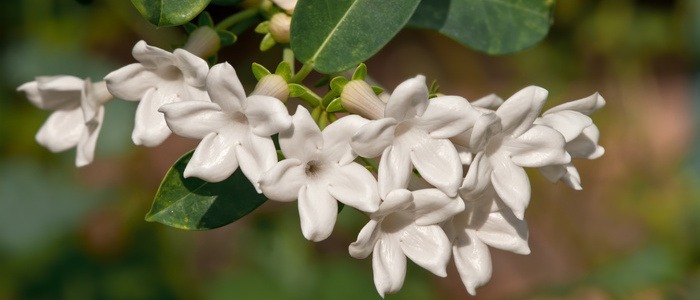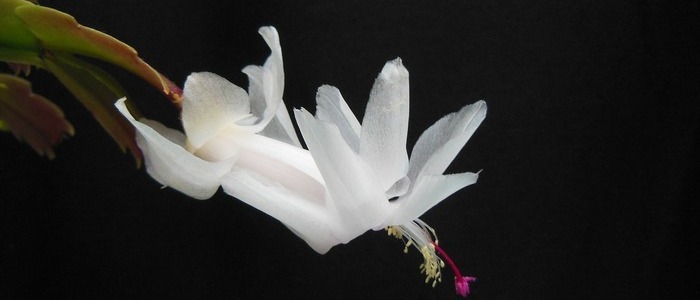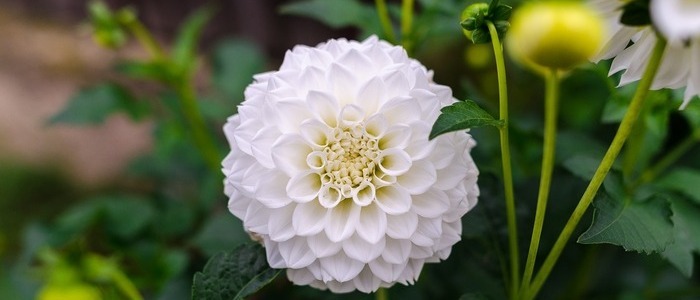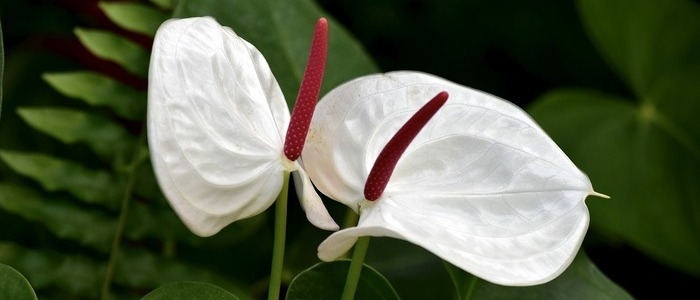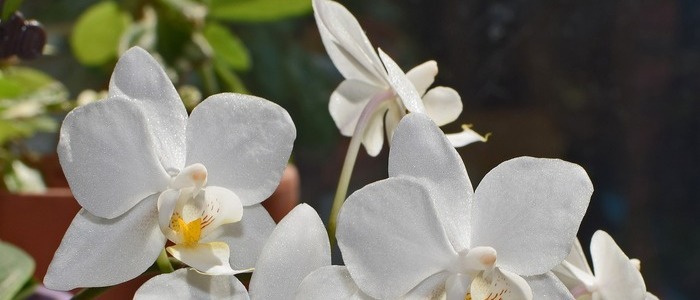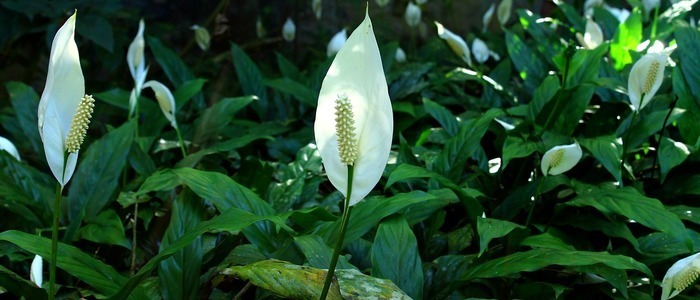In this article, we share with you the Annabelle Hydrangea plant one of the wonderful things that nature has to offer. It is one of the most beautiful garden additions around. This gorgeous specimen is sure to bring a touch of joy and beauty into your outdoor space.
With its lush foliage and stunning white blooms, the Annabelle Hydrangea Plant is a sight to behold! It’s perfect for any garden design or landscape project. Read on to learn more about this marvellous plant and how you can incorporate it into your outdoor oasis. Enjoy!

Annabelle Hydrangea Plant Frequently Asked Questions
What is the best time to plant Annabelle hydrangea?
The best time to plant Annabelle hydrangea is in the spring or fall, when the weather is mild and the soil is moist. It's important to choose a location with well-draining soil and to dig a hole that is twice as wide and just as deep as the root ball. Before planting, it's also a good idea to amend the soil with compost or other organic matter to improve its fertility and texture. Once planted, be sure to water the plant regularly and provide it with the proper amount of sunlight and shade.
How often does the Annabelle hydrangea plant bloom?
Annabelle hydrangea plants typically bloom once a year, usually in late spring to early summer. However, some may have a second, smaller bloom in the fall. The blooms are large, white, and spherical in shape, and can last for several weeks. It's important to note that the blooms may be affected by the amount of sunlight the plant receives, as well as the temperature and moisture levels.
Annabelle Hydrangea Plant Care Tips
The Annabelle hydrangea is a beautiful shrub that can add a lot of beauty to any garden. It has large white blooms in the summertime, and its foliage turns from green to yellow and then orange in the fall. Caring for this gorgeous plant isn’t too difficult—just keep an eye on it and follow a few simple tips.
When planting the Annabelle hydrangea, choose an area that will get plenty of sunlight during the day but stay shaded in the afternoon heat. This is important to maintain healthy growth. Make sure you water your shrub regularly—about once a week should be enough unless you’re in an area that has seen a lot of rain.
If you’re looking to shape the Annabelle hydrangea, prune it during the winter or early spring months when it’s dormant. This will help keep its size and shape under control and encourage new growth. To make sure your shrub stays healthy, mulch the soil around it and fertilize once a year in the spring.
These are just a few tips to help you care for your Annabelle hydrangea plant. With proper maintenance, this beautiful shrub can bring plenty of color and beauty to your garden all year round!
Annabelle Hydrangea Plant Propagation
Propagating the Annabelle hydrangea plant is a great way to add a pop of color and texture to your garden. This beautiful deciduous shrub with its showy white clusters of panicles blooms in late spring or early summer, making it an ideal addition to any outdoor space.
Propagating the Annabelle hydrangea involves taking a cutting from an existing plant and rooting it to create a new one. While there are several methods for propagating the Annabelle hydrangea, the most successful way is to use stem cuttings.
To propagate via stem cuttings, take a 4-6 inch cutting from the soft wood of the current season’s growth. Make sure to strip off any leaves and buds at the bottom and place it in a pot filled with moist soil or commercial rooting medium.
Create a mini greenhouse by covering your cutting with plastic to keep in humidity, and set it in a sheltered spot with bright light but no direct sun. Mist the cutting twice a day to keep it moist and watch for roots in the next few weeks. When you see new growth, your Annabelle hydrangea has been successfully propagated!
Now that you’ve added a beautiful Annabelle hydrangea to your outdoor space, take care of this hardy shrub by planting it in a spot with plenty of light and well-draining soil. Water regularly during the first two years or until established, and fertilize twice a year to encourage blooms. With proper care, you’ll be able to enjoy your Annabelle hydrangea for many years to come!
Annabelle Hydrangea Plant Pruning Instructions
Pruning the Annabelle hydrangea plant doesn’t have to be intimidating! This beautiful flowering shrub is quite popular in gardens and landscaping, and with a few simple steps, it can thrive for many years.
The best time to prune an Annabelle Hydrangea is during late winter or early spring when it is still dormant. Pruning should be done before new growth begins in the spring. Start by removing any dead, diseased or damaged branches. You can also prune back stems that are overcrowded to open up the plant’s structure and encourage air circulation. Cut stems back to one of the two buds closest to the cut.
Annabelle Hydrangeas can also be selectively pruned to shape the plant and keep it within bounds, although this should be done with care not to remove too much. Pruning too severely will reduce flowering in the current season. Once you have completed pruning your Annabelle Hydrangea, take some time to apply fertilizer or compost around the base of the plant to help it flourish.
With a little care and attention, your Annabelle Hydrangea can bring you many years of beautiful flowers! Pruning is one of the best ways to ensure that your hydrangea stays healthy and blooming season after season. Get out there and get pruning!
Annabelle Hydrangea Plant Problems
Annabelle hydrangea plants are a popular choice for landscaping projects,. Mainly because of its stunning white blooms, it can often be found in backyards across the country. However, this beloved plant also has some issues that you should be aware of before adding one to your garden.
The first thing to understand is that Annabelle hydrangeas are prone to wilting in hot weather. This means that during the summer, they will need extra water and shade (provided by a tree or nearby shrub) in order to thrive.
The second issue with these plants is their susceptibility to mildew and fungal diseases. Although the symptoms aren’t always visible, they can cause the leaves to turn yellow or brown and stunt the growth of your Annabelle hydrangea. To prevent this from happening, it’s important to make sure that you regularly check for any signs of disease on the leaves and stems.
Finally, Annabelle hydrangeas are prone to being overrun by pests. Insects like aphids and mealybugs can be particularly damaging, so it’s important to keep an eye out for any signs of them on your plants. If you do spot any, take action immediately by either spraying the affected area with insecticidal soap or applying a natural pest control solution.
Overall, the Annabelle hydrangea is an attractive and low-maintenance plant, but it’s important to be aware of its potential problems. With a bit of TLC and vigilance, however, you can enjoy these stunning blooms for years to come!
By following the tips outlined above, you should find that your Annabelle hydrangea remains healthy and blooms year after year. So, why not give one a try in your garden this coming season? You won’t be disappointed!
Conclusion
In conclusion, caring for the Annabelle Hydrangea Plant is relatively simple and straightforward. This beautiful plant produces stunning white blooms, making it a great addition to any garden or landscape. With proper care and attention, you can ensure your Annabelle hydrangea remains healthy and blooming for many years.
Be sure to water the plant regularly, prune it as needed, and fertilize it occasionally in order to keep it looking its best!
Other Houseplants With White Flowers
